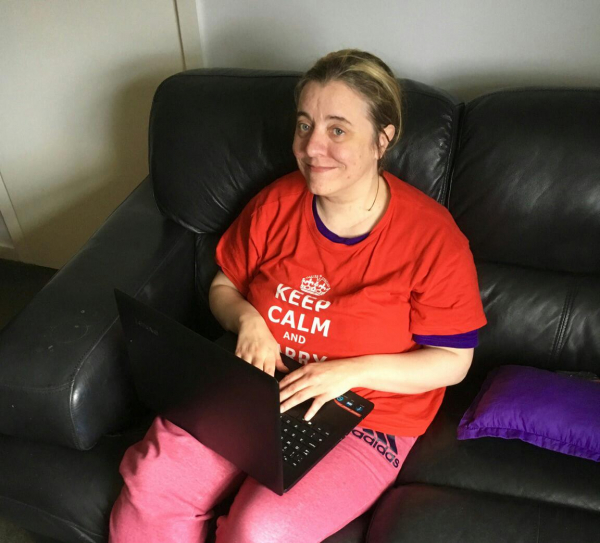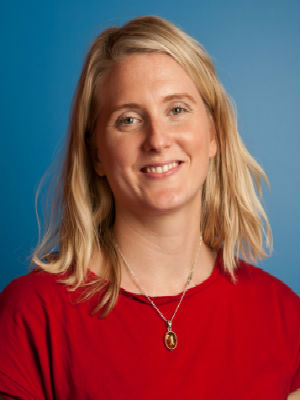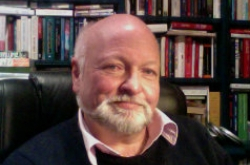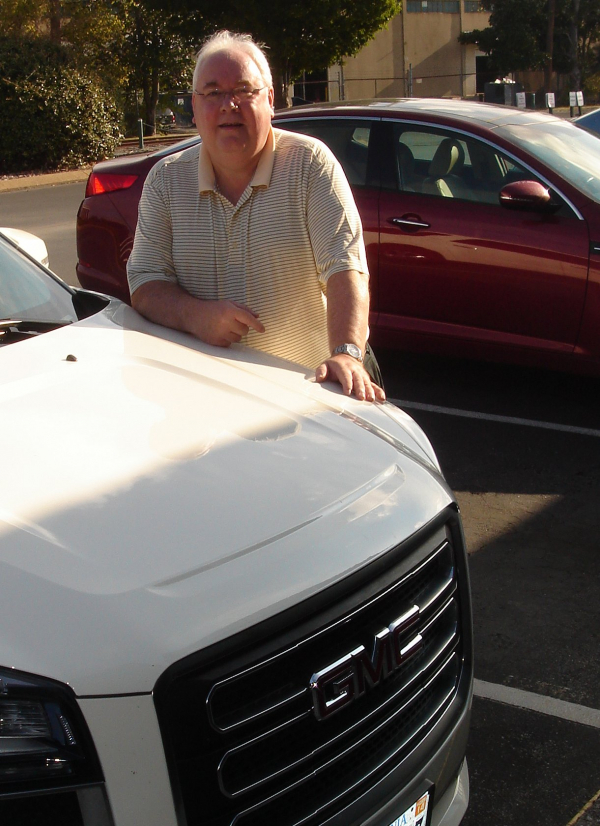Positive Identification within the Autistic Community: It could Save a Life
Kirsty Monaghan, Autism Practitioner, Scottish Autism
Whilst studying for my Psychology degree at Dundee University, I worked for Scottish Autism in our Tayside support service. I specialised in research methodology for my postgraduate degree, and sought to use that opportunity to contribute to understanding the inequalities faced by the autistic community.
Every two hours, somebody in the UK will die by suicide (i). The prevalence of suicidal ideation in the autistic community is predicted to be nine times higher than the general population (ii). Upon hearing about the high prevalence of suicidal ideation in the autistic community, I decided to dedicate my postgraduate project to understanding the processes that underlie this. The project found that the relationship between a person’s autistic traits and desire to end their own life is mediated by the extent to which they identify with social groups (iii).
“If an individual has a higher level of autistic traits, they will also have less feelings of group identification. As a result, they experience more feelings of suicidal ideation.”
We are part of many social groups; no matter how concrete or abstract that group may be. I am Scottish. Therefore, I am part of the social group, “Scottish people”. I am also a vegetarian. Therefore, I am part of another social group, “vegetarians”. If I was active enough to take up a sport, say football, I could be part of a more concrete social group, “The SA girl’s football club”. In this sense, a social group is defined as any number of people who are all a member of that group due to one or more shared factors.
Group identification
However, claiming membership of a social group is only half the story. Group identification is a subjective experience which is not measured by the extent to which you physically see or speak to other members of the group. It is a person’s own feelings of belongingness to a group of people with whom they have things in common. Research is indicating that strong identification with our social groups is good for our physical health (iv), mental health and wellbeing (v). In turn, it is believed to be a protective factor against developing suicidal thoughts (vi).
Indeed, an autistic individual is also part of many social groups. Autistic people also attend colleges, workplaces, recreational groups and clubs. They also have nationalities, religions and political identifications. In fact, they probably have just as many groups to identify with as a neurotypical person. Nonetheless, autistic individuals can feel dissimilar to others in society. Even though they share something in common with others in their groups, they may see too many differences between themselves and others in order to feel belongingness. In this regard, can an autistic person ever truly develop the subjective feelings of commonality and belonging that is needed to identify with social groups?
Moving forward
There is one social group that many autistic people can certainly find commonality with: the autistic community. Just like nationality, religion or gender, it is an abstract social identity that does not necessarily require contact with others in order to develop.
The Scottish Autism “Voice, Participation and Involvement” project is a great building block to initiating positive identity with the autistic community. It ascertains that autistic people should lead the way in defining how they want their community’s voice to be heard, and empowers them to set their own terms in how they wish for their autism-specific groups to function. This, by far, is the most important first step for people to identify with the autistic community.
Initiatives such as the Scottish Women’s Autism Network (SWAN) is another fantastic example of building identification within the autistic community. Girls find identification with other girls in many different forms. New mothers find themselves identifying with other mothers, and building supportive networks. Victims of gender-based crime find commonality through their experiences and support each other to find their strengths. Autistic women also experience gender-specific life events which connect them to others. By providing opportunities for autistic women to share these experiences with others, it can empower them to realise their strength and take pride in their autistic identity.
There are many other initiatives which are helping autistic people to find pride and comfort in their autistic identity. More autistic people are writing blogs on their experiences, and connecting with others online. There are also more initiatives set up by organisations like Scottish Autism to pave the way for the autistic voice to be heard and the identity to be embraced. For example, the Autism in Focus campaign where the autistic community shared their experience in a public exhibition (www.scottishautism.org/autisminfocus) on what they wished other people knew about autism and Right Click for Women and Girls, an online support programme which features interviews and presentations from autistic females.
I now work in Lothian support services, and I have had the opportunity to have a chat to some of our supported individuals about this area of research. Some people can relate to the concept of a lack of identification with groups they are already part of. They can also relate to how this may develop into feelings of isolation, lack of purpose, and thus, suicidal feelings.
Nonetheless, there are others in the community who do not agree. Some individuals state that they do not wish to identify with the autistic community, and feel that doing so would only aggravate their negative thoughts and feelings. It reminds them of the factors that have acted as an impediment to their life goals; they wish to detach themselves from the “autism” label as a result. They may find that other autistic people face difficulties in communication and interaction which are different to their own. In turn, they may feel unable to connect with others and function as part of that group. In this light, the celebration of neurodiversity becomes important. Autistic people can certainly find commonality, and thus, belongingness in a predominately neurotypical group of people – there simply needs to be less focus on group member’s differences, and more focus on their similarities and what brings them together.
At Scottish Autism there is a commitment to, and focus on, participatory action research. We still need to hear more thoughts from the autistic community on how they feel about building on their autistic identity, and whether or not they would like the neurotypical community (including researchers and professionals) to contribute to this.
Final thoughts
Understanding the processes that cause a person to develop suicidal thoughts is complex, and social isolation has traditionally been a prime focus. The shift of focus from ‘social isolation’ to ‘group identification’ helps us to understand that there is more to suicidal thoughts than merely seeing or speaking to other people. It is a personal and subjective experience of how people define themselves in the context of society, and when lost, can thwart our sense of purpose and belonging in the world. Most importantly, autistic people are at high risk of experiencing a lack of subjective group identification. So, if we can change the way the autistic identity is viewed and embraced – it could save a life.
REFERENCES
i Samaritans.(2017). Suicide statistics report 2017. Retrieved from: https://www.samaritans.org/sites/default/files/kcfinder/ files/Suicide_statistics_report_2017_Final.pdf
ii Cassidy, S., Bradley, P., Robinson, J., Allison, C., McHugh, M., & Baron-Cohen, S. (2014). Suicidal ideation and suicide plans or attempts in adults with Asperger’s syndrome attending a specialist diagnostic clinic: a clinical cohort study. The Lancet Psychiatry, 1(2), 142-147.
iii Monaghan, K., & Robertson, A. (2018). Manuscript in preparation.
iv Sani, F. (2012). Group identification, social relationships, and health. The social cure: Identity, health and well-being, 21-37.
v Sani, F., Herrera, M., Wakefield, J. R., Boroch, O., & Gulyas, C. (2012). Comparing social contact and group identification as predictors of mental health. British Journal of Social Psychology, 51(4), 781-790.
vi Van Orden, K. A., Witte, T. K., Cukrowicz, K. C., Braithwaite, S. R., Selby, E. A., & Joiner Jr, T. E. (2010). The interpersonal theory of suicide. Psychological review, 117(2), 575.
For updates on current research on suicide and autism, stay in touch with MHAutism at Coventry University: Website http://mhautism.coventry.ac.uk/ and on twitter @MHAutism





